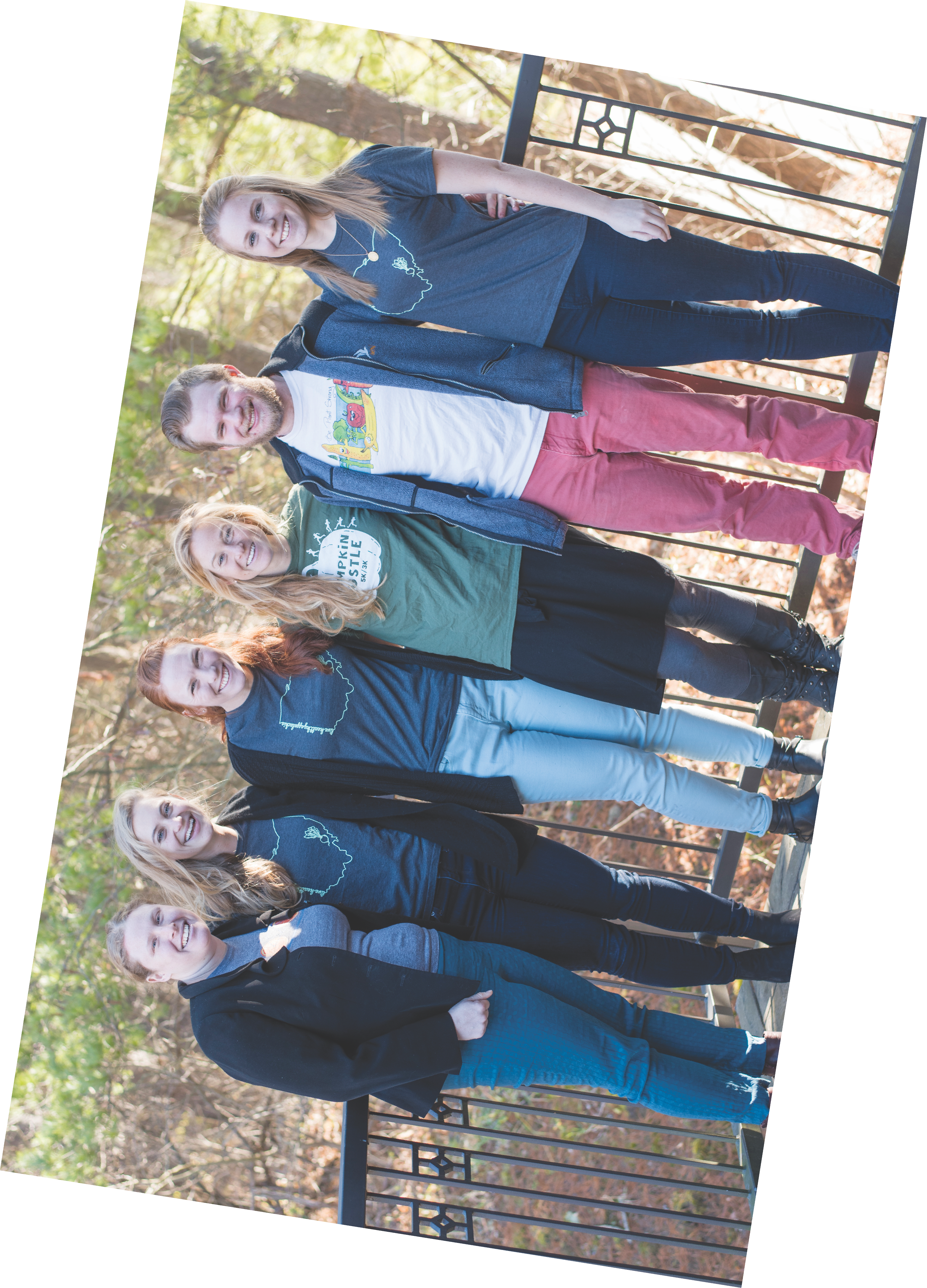Landing Page
Special Projects
This story is part of a series of specially designed stories that represents some of the best journalism The Post has to offer. Check out the rest of the special projects here.


Ellen Wagner / For The Post
Live Healthy Appalachia works with its partners and volunteers to teach people of the Appalachian region how to live a healthier life.
The organization offers a variety of classes and programs to teach about a healthy and active lifestyle.
“We support healthy eating and active living,” Mollie Fitzgerald, executive director of Live Healthy Appalachia, said.
Live Healthy Appalachia started in 2010. It has a small staff but has learned how to use its resources to expand to areas throughout southeast Ohio.
Aimee Townshend, a wellness coordinator, said Live Healthy Appalachia has learned how to use university benefits and the community to reach out to people who would not normally have access to these types of programs.
“Live Healthy (Appalachia) is so small, and they are able to reach much farther than you would think,” Townshend said.
There are different programs offered for both adults and children throughout southeast Ohio. Fitzgerald said programs are available to anyone regardless of their skills and physical and mental abilities.
One of the cornerstone programs called Live Healthy Kids. It is available to all second-grade students in Athens County and some second-grade classrooms in Washington County, Fitzgerald said.
Healthy Kids was based off of the food elementary program, a national program that teaches students about healthy living. Students are introduced to healthy foods and also taught how to cook with them.
Fitzgerald said the goal is to familiarize students with different healthy foods and take the information they learn to their families.
One of the main programs for adults is the complete health improvement class. That class is a nine-week intensive program that teaches adults how to cook healthy foods with low oils and salts, and no meat and dairy.
Each member of the program gets a biometrics screening before, during and after the program. The goal is to see improvements in these tests, such as lower cholesterol levels or a lessened need for medications.
“I've always enjoyed community outreach, so the opportunity to do this with food really struck my interest.”– Emily Chapman
Live Healthy Appalachia relies on grant funding, contributions, sponsorships and fundraising to fund its programs. Live Healthy Appalachia partners with organizations including Hopewell Health, COMCorps AmeriCorps Program, Ohio University and Athens City Schools.
People who work for Live Healthy Appalachia said they have gotten involved in the program because of its community outreach.
Emily Chapman, a senior in the dietetics program, has interned with Live Healthy Appalachia since September.
“I've always enjoyed community outreach, so the opportunity to do this with food really struck my interest,” Chapman said in a email.
As an intern, Chapman works with some of Live Healthy Appalachias partnerships and assists with some of the organizations’ classes.
Townshend interned for Live Healthy Appalachia in 2015 and is now a wellness coordinator for Hopewell Health. She works in Athens to help include tobacco cessation, nutrition, physical activity and chronic disease management in the programs offered.
Townshend said she has seen positive outcomes from the programs offered. She has seen participants work together in class to learn skills. Participants also told her that they go home and use the recipes and skills they learned in class to make healthy meals.
“The people who take part in programs with Live Healthy Appalachia show a greater amount of confidence in using cooking skills,” Townshend said.
Correction: A previous version of this report incorrectly stated what the complete health improvement class teaches adults to cook with. The article has been updated to reflect the most accurate information.
Photo by: Emilee Chinn / For The Post
Development by: Taylor Johnston / Digital Production Editor
Landing Page
This story is part of a series of specially designed stories that represents some of the best journalism The Post has to offer. Check out the rest of the special projects here.